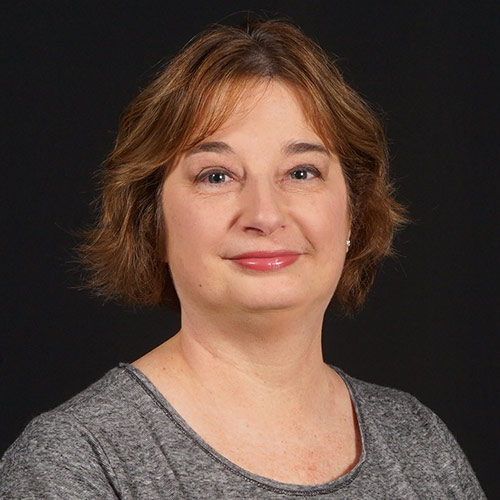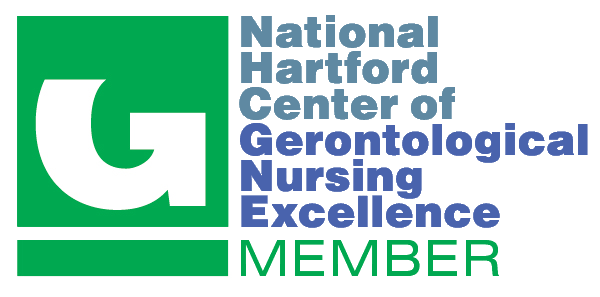Doctor of Nursing Practice Program
Christine Faulds, DNP, MSN, ARNP, ACNPC-AG

-
Committee Chair Name & Credentials:
K. Melissa Hayes, DNP, ANP-C, CHFN -
Committee Member Name & Credentials:
Maryjo Gilmer, PhD, MBA, RN-BC, FAAN
DNP Project Abstract
Influence of Interventions/External Factors on ACP Rates of Hospitalist Providers in Inpatient Hospitalized Elderly Patients (65+ years old)
Purpose
Analyze interventions/external factors which may have increased ACP rates by hospitalist providers to a goal of 15% or greater, from 1/16/2016, through 12/31/2021, for hospitalized, elderly (65+ years-old) inpatients. Analyze ACP rates that were increased and sustained for at least two quarters (quarter = one of four periods of three months each of a calendar year) from 1/16/2016, through 12/31/2021, for hospitalized, elderly inpatients.
Methods
This retrospective project analyzed ACP rates of a hospitalist group at a 400-bed community hospital in Vancouver, Washington. Quarterly ACP billing rates (only way to track ACP) for inpatients aged 65+ from January 1, 2016, through December 31, 2021, were obtained and displayed on a run chart. The dates of initiation of educational modules (1st, 2nd and 3rd versions), the start of $20 bonus incentive payments, the end of the $20 bonus incentive payments for each ACP completed, and the start of the COVID-19 pandemic were marked on a run sheet to analyze the influence of these interventions/external factors.
Results
The greatest and longest sustained increase in ACP rates occurred from quarter 3 of 2016 (0.08%) to quarter 4 of 2017 (13.06%). This was an increase of 12.98% over 5 quarters. The first educational module and the second educational module were released during this time. Rates did not reach goal of 15% during this time period. Initiation of second educational module and start of ACP $20 bonus incentive increased ACP rates from 3.9% to 13.06% (increase of 10.82%) from first quarter of 2017 to the fourth quarter of 2017. Rates did not reach goal of 15% during this time period. The sharpest increase in the shortest amount of time and over the 15% ACP goal was 11.89% in quarter 1 of 2020 to 24.48% in quarter 2 of 2020. This took place at the start of the COVID-19 pandemic at this site. This was the first time that ACP rates met or exceeded goal of 15%. The highest ACP rate was 28.39% in quarter 4 of 2020. ACP rates declined from 23.57% to 12.75% from quarter 1 of 2021 to the quarter 2 of 2021 (sharpest decline of 10.82%) which is when ACP $20 bonus incentives stopped. The longest sustained period of increased ACP rates over the goal of 15% was from quarter 2 of 2020 (24.48%) through quarter 1 of 2021 (23.57%). Notably, the third educational module was released at this time as well as the start of the COVID-19 pandemic.
Implications for Practice
Educational modules had the greatest and longest influence to increase ACP rates at this site. Ongoing educational interventions are feasible at this site. All providers have access to an online education platform and can complete online educational modules at their convenience. Making these modules mandatory as part of onboarding for new providers and a yearly requirement for current providers may help to increase and sustain increased ACP rates (Back, et al., 2019; Goff, et al., 2019; Nassikas, et al., 2020; Palathra, et al., 2018). At the beginning of the COVID-19 pandemic, this site stopped elective surgeries and Hospitalist providers were furloughed due to a low patient census. This may have allowed Hospitalist providers that worked during that period to have more time with patients. This project only included ACP rates of elderly patients on Medicare. Patients hospitalized at the beginning of the pandemic at this site were elderly, which may also be the reason ACP rates for elderly patients at this site increased during this period. The end of the ACP incentive bonus correlates with ACP rates dropping at this facility. A small monetary incentive for each ACP completed or a stipend for completing educational modules could be implemented at this site. Studies demonstrate that financial incentives help increase and sustain ACP rates by creating long-lasting behavior changes even years after financial incentives were stopped. (Haynes, et al., 2019).




